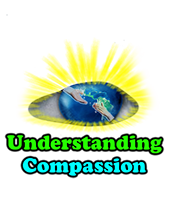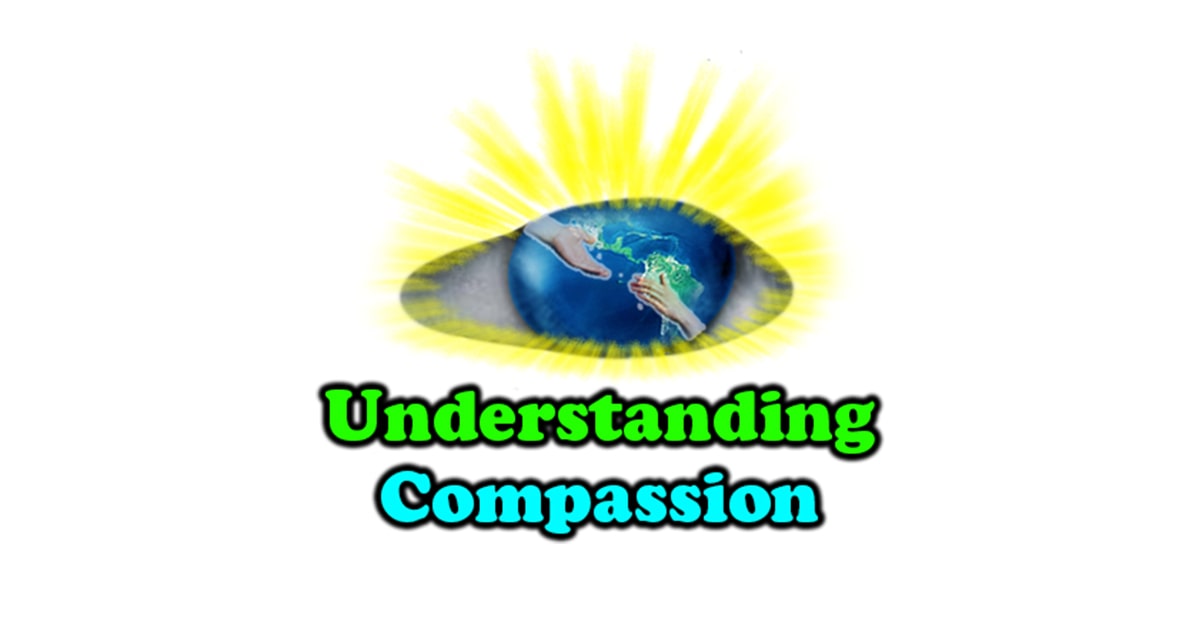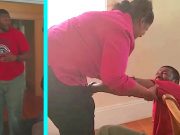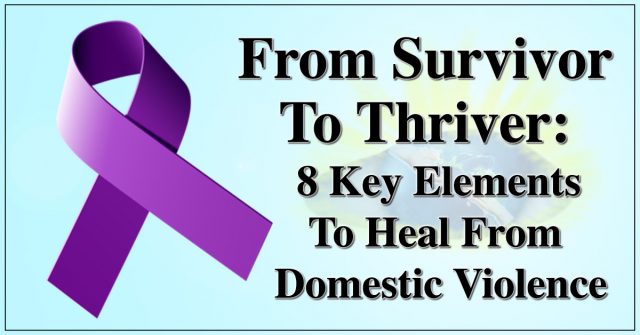“Why didn’t she just leave? How did this happen?”
These questions are the common refrain from onlookers when they hear about a seemingly high functioning woman being the victim of domestic violence for years.
As a teenager I used to ask the same questions.
As an aspiring young writer, I always heard, “write what you know,” and the last topic I would ever have dreamed of being able to write about from an intimate perspective would be domestic violence. Twenty years later, I can answer the questions–the million dollar questions I sought to figure out for myself.
How could a psychology major, a high achieving woman with a sensible head on her shoulders end up devoid of self-esteem, crippled by insecurity, and sitting by the side of a road while SWAT teams swarmed around her house? And, how would she ever recover?
A generation ago, abuse victims almost never came forward. Talking about such things was “airing dirty laundry” and women were almost always dis-believed. If they were believed, they were considered weak and at fault for the abuse they experienced.
Thanks to the growth of the women’s movement and victim’s rights movement, as well as the support of millions of advocates across the globe, we now know how common domestic violence is worldwide. Some sociologists argue that gender roles, a fixation on control, and a culture of aggression have ingrained domestic violence into the American way of life.
Consider the current statistics of reported domestic violence:
• 1 in 3 women—and 1 in 4 men—have been in abusive relationships, and 1 in 5 women and 1 in 7 men have faced severe physical violence.
• Every year more than 200,000 phone calls are placed to domestic violence hotlines in the United States alone.
• Intimate partner violence accounts for 15% of all violent crimes.
• The presence of guns in a home where domestic violence is a problem increases the risk of a murder by 500%.
Despite more victims coming forward, many continue to suffer in silence. Layers of complexity keep domestic violence dramatically under-reported.
What are those challenges that keep a victim entrenched in a cycle of abuse, and that keep the people around them often unaware?
Although domestic violence can occur in every configuration of relationships—the preponderance is still male violence towards women. For simplicity’s sake, I have used the feminine pronoun for the victim in the following list. My use of this scenario does not diminish the reality of anyone’s experience that may be outside the male-female dynamic.
• Domestic Violence is just that… domestic. It happens in the privacy of the home, without witnesses, and involves not a stranger but a relationship rooted in love and commitment. The act of trying to end a marriage– beyond the legal, logistical, and emotional challenges—often carries religious and moral complexity.
• A mother has to work to protect not only herself, but her children as well. Additionally, children are often used as pawns so that decisions are geometrically more complicated emotionally and logistically (including finding safe housing).
• The risk of coming forward can be even more profound and dangerous. Worldwide statistics reveal that leaving a violent partner may increase the risk of more severe, or even fatal violence. But it’s important to remember that staying in a violent relationship is a dangerous risk in itself.
• Addiction to alcohol and/or drugs often plays a part. Volatility of behavior can be amplified with substance use.
• Abuse is chronic and progressive—escalating over time. A foundation of emotional and psychological damage is laid before or concurrently with physical violence. The chronic erosion of self worth and esteem is how a victim comes to believe she deserves “it.” She has also internalized the negative talk. It becomes how she “speaks” to herself. By the time signs become visible to an outsider, the situation is already acute and highly dangerous.
• Victims have diminished resources. Over time the victim is isolated from family, friends, and access to money. Abusers generally control the finances. The absence of financial independence affects the ability to leave and find alternative living situations. An abuser’s control over social interaction means that on top of limited economic power, a victim struggles without human resources for support. No one can see “in,” and no one seems to be “out there,” or within reach.
• Victims of domestic violence, much like hostages, often develop Stockholm Syndrome. Stockholm Syndrome is a condition that causes hostages to form intimate bonds with their captors in the mistaken belief it will help them survive. In order to make emotional sense of the conditions, victims may end up siding with and protecting their perpetrators. The co-occurrence of love and violence make a confusing and toxic web of feelings, inter-dependency, and survival.
Recovery from abuse requires a variety of approaches because it affects one physically, mentally, and emotionally. Furthermore, because the damage is often chronic and progressive, efforts to heal must also be sustained. Recovery takes time, but there is safety and relief waiting for those who are willing to take the following steps:
Here are 8 key elements to healing and accessing resilience of body, mind, and spirit:
1. Safety
First and foremost is the need for physical and emotional safety. Victims must carefully develop an escape plan so that when they choose to leave, they have a safe place to go, and support in place: emergency funds, a phone, a pre-packed bag of clothes, extra keys and important documents stored in a safe place. Restraining orders can often play an important role as well.
2. Self Care
Sometimes basic necessities have been long unmet. Victims need to get enough food and sleep. It is important to ask, “What do I need?” and respond to fill that need. This small act can help re-establish trust within oneself.
3. Compassion For Self… First
In an abuse dynamic, the compassion that is extended over and over to the violator becomes harder for the victim to access for herself. She may have come to believe his needs are more important. To recover, compassion for self must be re-established as a response. Much like using the oxygen mask on a plane in an emergency, compassion and self-care need to come first—as a personal response-ability.
4. Self-Forgiveness
Victims often believe they deserve the abuse on some level. Once free, they often berate themselves for having been “stupid” or “too weak” to leave sooner, neither of which are true. Forgiving oneself for being a victim is vital and primary to healing. Released of the burden of shame and guilt, a victim can claim survivorship—and take the steps towards a restored sense of personal power. She can begin to trust herself again, which lays the foundation for trusting others as well.
Over time a person can come to release the identity of victimhood and relegate it to the past. These active steps allow access to a new life narrative.
5. Working With The Body
Besides memory, trauma is stored in the nervous system. Using Somatic Experiencing (the work of Peter Levine) the body releases the energy of the traumatic past in small, titrated amounts. This slow approach diminishes the chance of being triggered (activation of the trauma). Dissociation often accompanies trauma. As a result, activities that help to integrate the mind and body; such as yoga, dance, working with animals, gardening, and expressive arts can be extremely beneficial.
6. Giving And Helping Others
The sense of purpose and meaning is often lost to a victim of domestic violence. Helping others and providing service generates a feeling of one’s impact and value. Volunteering can be an excellent source of esteem building. If you haven’t already, give it a try.
7. Connecting With Safe And Trusted Loved Ones
Over the course of a harmful relationship, abuse victims become estranged from family and friends. Reconnecting and making new friends creates a network of potential resources. A sense of community contributes to feeling “part of” instead of “apart from.”
8. Changing The Internal Talk
In order to be able to heal and have a new path forward, it is essential to learn and establish healthy mental and emotional habits. This requires a decided shift away from using destructive self-talk and a conscious effort towards self-advocacy; internally as well as externally. (*Note: This step of re-learning how to talk to oneself is probably the hardest element of all—and requires disciplined inner-work and support from others (therapists, coaches, etc.) to reinforce the new habits.)
As I shared in the opening of this article, my academic understanding of domestic violence, bookends my own direct experience living through it. I studied psychology in college, and like so many others, thought I knew what domestic violence was—and still always found it enigmatic. Beyond how sad and upsetting it was, I had trouble conceiving of how someone could endure and remain in such a horrific dynamic.
Living with domestic violence confirmed the confusion. It was confounding. Once I was safely “out,” I felt compelled to answer the question, how did I get there? I needed to understand in order to heal myself and ensure it didn’t happen again. It was doubly crucial as a mother.
As I stumbled through the process of sorting my past, owning the realities of my choices and the actions of my ex-husband, I studied and have worked for over a decade as a personal and professional life coach in the commitment to live a life of service. Along the way, I realized that offering up my story, while embarrassing and challenging, could help to enlighten others and inspire hope for those still suffering. I began sharing, first very privately, and then more openly.
In 2018, my book, Out of the Box: A Journey In and Out of Emotional Captivity, was released. Rather than a polemic against men, a litany of offenses, or a spotlight on my ex’s behavior, the book is intended to allow a reader inside my thoughts and experiences—the internal “how this happened, and how I recovered.” What may surprise people is that it was written with love and from love.
What I continue to learn over and over — first in my own recovery and then in working with clients over the years—whether involving domestic violence or other challenging situations, being a victim does not mean a life sentence as one. Victimhood can be shed like a snakeskin to move forward powerfully and joyfully. And from victim to survivor, one can then transform to thriver.
Identifying problems and assigning culpability are only a step in the process of solving a problem. Blame does not in and of itself create a different outcome. The deeper roots of an issue need to be exposed.
Understanding and compassion can lead to changed perspectives and the opportunity for new choices, actions, and behaviors. In order to solve the problem of domestic violence, we need to shed light on it from every angle. Individually and culturally we can declare, “what is” and then commit to and create “what could be.”
Written by Suzanne Christina Dudley
If you or a loved one is experiencing domestic violence, psychologists recommend taking the following steps to help:
*Listen to and believe your loved one. Allow them to control their own lives. If your loved one does not want to leave or call the police, do not force them to.
*Do not get involved in their fights, as doing so may endanger you. Call the police instead.
*Offer your loved one a safe place to stay, or help him or her get to a shelter.
*Explore your loved one’s reasons for staying, and offer to help. If childcare or finances are a concern, for instance, try offering some financial assistance.
You are Loved.
See Also: 27 Ways To Take Your Life Back When You Feel Broken On The Inside.


















